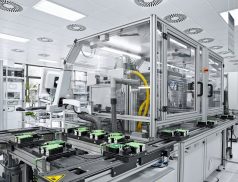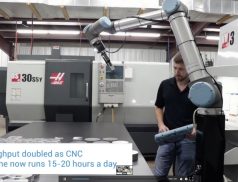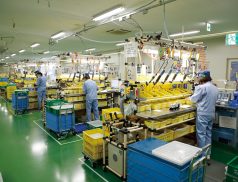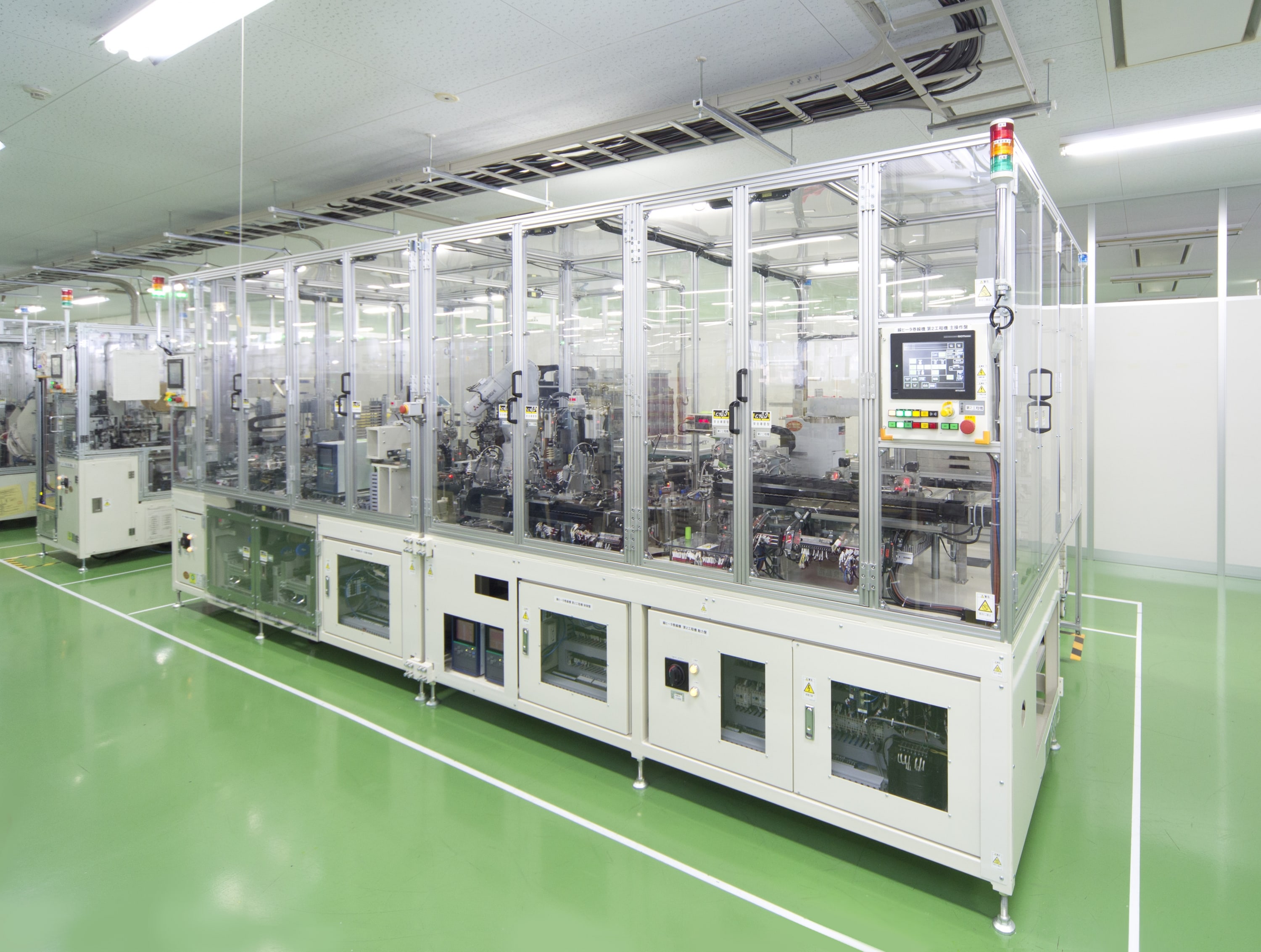Innovations from Leading-Edge Cluster it’s OWL
Self-optimizing machines, intelligent automation and new business models: In the technology network it’s OWL, 200 companies and research institutions develop new technologies and processes for the production of the future. Cooperation is a recipe for success. This is demonstrated by the products and business models that have now emerged from completed projects and make an important contribution to increasing competitiveness in mechanical and electrical engineering.
Prof. Dr. Roman Dumitrescu, Managing Director of it’s OWL Cluster Management, describes it’s OWL’s recipe for success: “In order to remain competitive, manufacturing companies must increase the intelligence in their products and production and open up new customer access. In the Leading-Edge Cluster, we bundle the competencies and experience of world market leaders and top research institutions for this purpose. They develop new basic technologies, processes and software solutions in projects. Until 2018, we have implemented 47 projects worth 100 million euros. This has resulted in many innovative products and new business models for our companies.
“Intelligent automation and versatile production technology”
In the course of this, new applications for intelligent automation in mechanical and plant engineering have emerged. Together with research institutions and industrial partners, Beckhoff Automation has, for example, investigated high-performance control technology and a scientific automation platform in two projects. At the core of the new control technology are Industrial PCs with many-core technology, whose use has already reduced process times in test applications by ten percent. The solution offers sufficient computing power for the integration of measurement technology, condition monitoring, analysis and learning processes into standard automation technology – Scientific Automation. This makes it possible, for example, to precisely record vibrations, temperatures, pressures or energy consumption and analyze them directly in the control system without any loss of time. The TwinCAT Analytics software tool creates a complete temporal image of the process and production data. This enables comprehensive status analyses, predictive maintenance and energy consumption-optimised production. The use of Scientific Automation leads, for example, to energy savings of up to 17 % for a saw module and to a reduction in wear and noise emissions.
In the ‘Automation for versatile production technology’ project, automation company Phoenix Contact has set itself the goal of developing intelligent components for automation technology in the machine and system area together with the research partners Fraunhofer IOSB-INA and the Institute for Industrial Information Technology. This should enable a simple reconfiguration of production plants. Existing planning methods and interfaces were extended by a self-optimizing, interacting behaviour between user, machine, automation technology and operation. The result was a demonstrator for integrated digital planning of the electrical installation of machines and plants. A modular approach allows easy scaling of the degree of automation and the integration of new manufacturing technologies. This ensures quick and easy reaction to changing market situations. The interfaces of the production control system also ensure the easy exchange of order and product data with existing systems and control technology. The data chain by means of a ‘digital article’ simplifies the engineering and manufacturing process for the user, reduces the engineering effort, shortens production starts and enables automated production programming.
New business models for data analytics and collaborative robotics
Weidmüller demonstrates how new business models are created from this cooperation. As an approach towards the Internet of Things, the company has developed technologies for the diagnosis and self-optimization of production facilities in two it’s OWL projects. Together with the Paderborn University, the Fraunhofer IEM, the Ostwestfalen-Lippe University of Applied Sciences and the Fraunhofer IOSB-INA, solutions have been developed with which irregularities in stamping and bending processes, but also general anomalies of machines and individual machine components can be detected and corrective measures can be derived independently. The work in the project laid the foundation for opening up the field of data analysis and the associated potential benefits for industrial applications. The activities culminated in the new business unit ‘Industrial Analytics’. The envisaged model is the sale of machine and plant availability, which is to be realised with the help of services such as predictive maintenance and condition monitoring. The portfolio will be successively expanded to include further analysis modules. The success speaks for itself: the new business unit now employs 20 people, and demand is growing continuously.
More than 40 companies have already been founded from the cooperation in the projects. The Paderborn start-up Unchained Robotics, for example, has succeeded in revolutionizing existing automation solutions thanks to intuitive and intelligent control. Customers benefit from a system solution consisting of camera, software and collaborative robots (robots). This reduces production costs in the manual assembly of circuit boards in power electronics. “We are convinced that man and machine work closely together in the digital factory. Through intelligent image analysis and the use of Cobots, we can automate production processes flexibly, quickly and safely”, explains Managing Director Mladen Milicevic the basic idea of his company.
About the Leading-Edge Cluster it’s OWL – Intelligent Technical Systems OstWestfalenLippe
In the technology network it’s OWL – Intelligent Technical Systems OstWestfalenLippe, more than 200 companies, research institutes and organisations develop solutions for intelligent products and production processes. With support of the State of North Rhine-Westphalia, projects worth EUR 100 million will be implemented between 2018 and 2023. The focus topics are artificial intelligence, digital platforms, digital twins and work 4.0. Named as one of the Leading-Edge Clusters by the Federal Ministry of Education and Research, it’s OWL is considered to be one of the largest Industrie 4.0 initiatives for SMEs. Over the last seven years, it’s OWL has established itself as a driver for competitiveness of the manufacturing industry in OstWestfalenLippe. www.its-owl.com
Image Source – PhoenixContact




